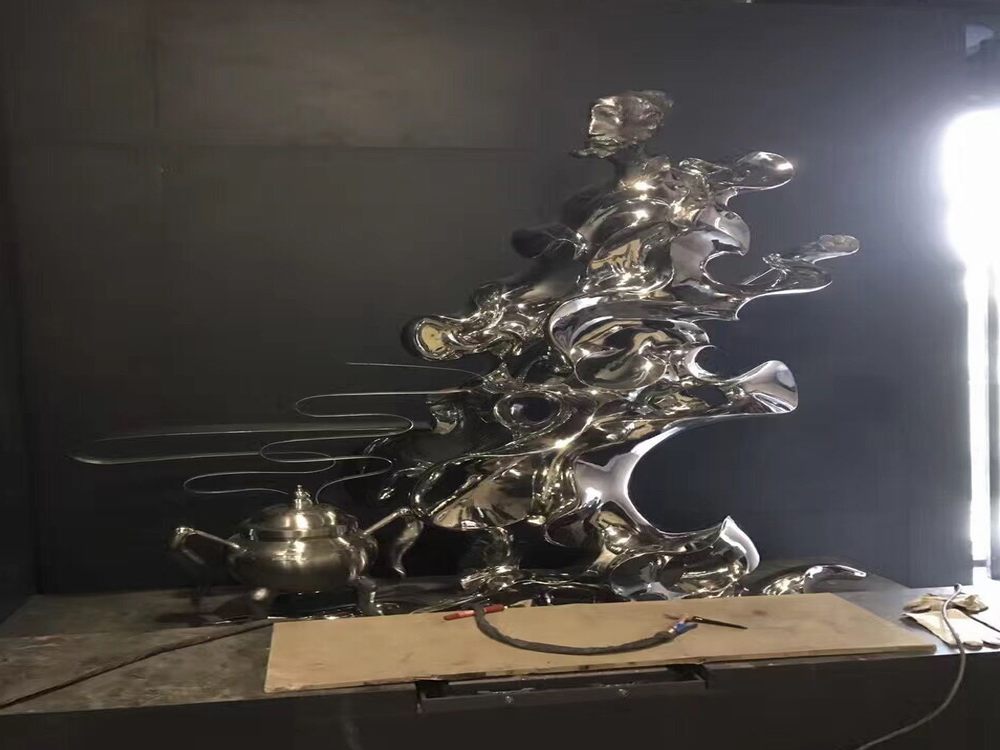
The ancient art of stone sculpture has evolved beyond static forms as modern artists explore ways to incorporate movement into their works. Sculptors achieve kinetic effects in stone through several innovative techniques that challenge our perception of this rigid medium.
One remarkable approach involves precisely balanced components that appear to defy gravity. Artists carefully calculate weight distribution to create suspended elements that move with air currents, giving the illusion of weightless stone. These delicately balanced sculptures often feature thin, wing-like extensions that catch the slightest breeze.
Mechanical movement introduces another dimension to stone art. Some sculptors embed hidden motors or clockwork mechanisms within stone bases, causing selected elements to rotate or oscillate. This technique requires meticulous engineering to conceal the mechanical components while allowing for smooth movement. The contrast between the stone's solidity and its unexpected motion creates a captivating paradox.
Water-powered sculptures represent another ingenious method. By channeling water through carefully carved channels, artists create stone wheels that turn or elements that appear to dance with the water's flow. This technique dates back to ancient water clocks and fountains but has been refined with modern hydraulic knowledge.
Some contemporary artists employ optical illusions carved directly into the stone surface. Through precise grooving and strategic lighting, these sculptures create the perception of movement when viewed from different angles. The stone itself remains stationary, but the viewer experiences a dynamic visual effect.
The process of creating moving stone sculptures demands exceptional skill. Artists must understand both traditional stone carving techniques and principles of physics and engineering. Each piece requires countless hours of testing and adjustment to achieve the desired movement while maintaining structural integrity.
These innovative approaches transform stone from a static medium into a dynamic art form that engages viewers on multiple sensory levels. The marriage of ancient material with contemporary motion concepts continues to push the boundaries of sculptural expression, proving that even the most permanent materials can be made to dance.

